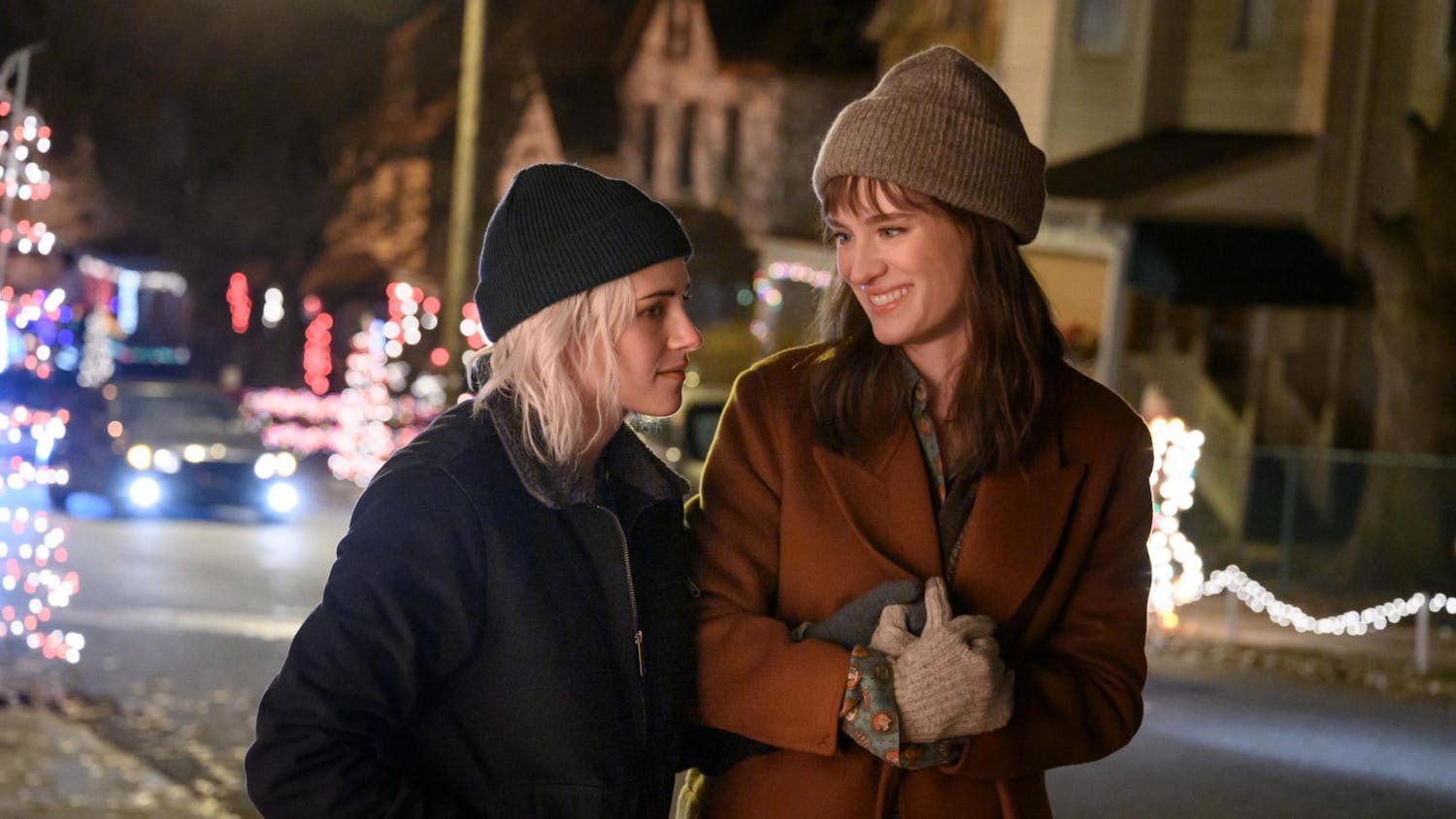The first question you might have about a memoir from Sonic Youth frontwoman/bass guitarist Kim Gordon is: “What is she gonna say about ex-husband Thurston Moore?” Gordon anticipated this. Fittingly, “Girl in a Band” starts in media res, with a chapter called “The End.”
Gordon takes us through the last days of Sonic Youth, limning but not dwelling on the marital agony between her and Moore. She is not uncritical of Moore, especially when she describes the band’s last concert in Brazil. There, Moore bounds onstage, shoulder-slapping and beaming while Gordon keeps her distance behind.
“I found that gesture so phony, so childish, such a fantasy,” Gordon writes.
She admits to being angry, and her wounds show in the prose. But rather than descend into biliousness, Gordon leavens her irritation with candid observations about the history of a marriage, the vicissitudes of festival touring, the retroactive continuity instigated by a divorce, Courtney Love, picking out a final Sonic Youth setlist and herself. This goes for the rest of the memoir as well, stuffed as it is with friends, specters, apparitions and after images.
There is something so innately sound and composed about “Girl in a Band.” It’s as if all the elements going into it (reminiscences, experiences, observations, inspirations) had been accreting into the shape of this memoir all Gordon’s life. Or, it accreted in the gravitational pull of Gordon and Moore’s separation, written as a means of survival. However you look at it—as a long-mulled project or the product of personal calamity—it is a consummate, textured work and in a way important.
From the start, Gordon acknowledges the impact Sonic Youth has had on successive generations, be they musicians or critics or consumers. Much of “Girl in a Band” posits Gordon balancing between what people believe she is—a cool, stylish, imposing, reticent artist—and who she believes she is—just a girl in a band, whose father, mother and brother were all remarkable developers.
“After thirty years of playing in a band,” Gordon writes, “it sounds sort of stupid to say, ‘I’m not a musician.’ But for most of my life I’ve never seen myself as one and I never formally trained as one.”
Indeed, Gordon does not credit the development of her persona to being in Sonic Youth; the persona developed beforehand, from her relationship with her older brother Keller Gordon, who (like any older brother) was quick to push his younger sibling’s buttons.
“The image a lot of people have of me,” Gordon writes, “as detached, impassive, or remote is a persona that comes from years of being teased for every feeling I ever expressed.”
Nonetheless, Gordon loves him. Loving him made the emergence of his schizophrenia and his eventual institutionalization heartbreaking. Indeed, Gordon voices the grief she feels for the family that nurtured her, having lost both her parents to debilitating conditions and only seeing her brother once or twice a year.
As with any good memoir, there are things you’ll learn. You may learn (as this reviewer learned) that Gordon dated Danny Elfman in high school, during his big student politics and surrealist film phase. You may learn her father taught sociology at UCLA. You may learn what Kurt Cobain was like in Gordon’s presence.
There are also lovely pockets of humor in “Girl in a Band.” For instance: sometime when her daughter Coco was a baby, Gordon and Moore (along with Michael Stipe, naturally) went to Lawrence, Kansas to visit prominent Beat writer William S. Burroughs, in his knife-laden home; they brought Coco, who was crying, to Burroughs’ eminent delight.
“’Oohhh—she likes me,’” Gordon remembers Burroughs saying. “My guess is he wasn’t somebody who spent much time around kids,” Gordon adds.
I said earlier that “Girl in a Band” is (in a way) important. What makes “Girl in a Band” important, besides its subject and author, is its timeliness. Throughout the book, Gordon draws on her experiences (growing up through the ’50s, ’60s, being on the music scene since 1981) to analyze herself and her situation in this day and age. She peppers the book with sagacity. At one point, she asks in all seriousness: “Did the 1990s ever exist?”
Gordon would like to know. And she wants us to prove it.





